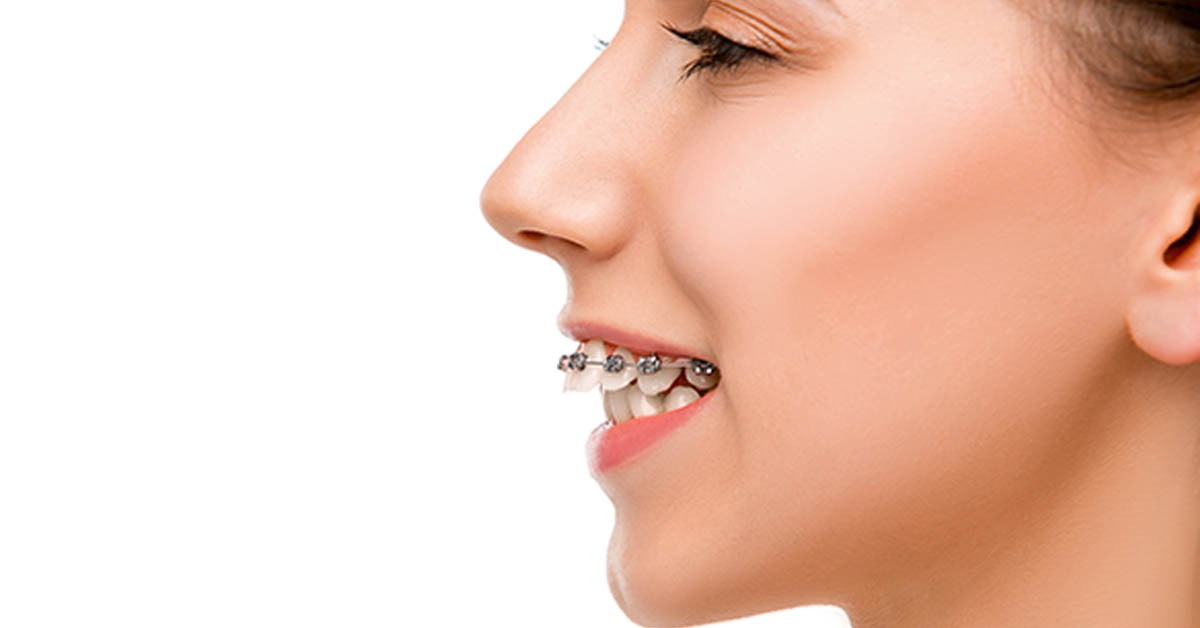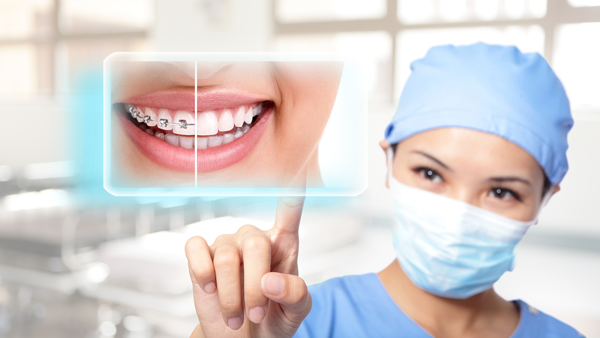The Main Principles Of All Star Family Orthodontics
The Main Principles Of All Star Family Orthodontics
Blog Article
6 Simple Techniques For All Star Family Orthodontics
Table of ContentsThe Best Guide To All Star Family OrthodonticsA Biased View of All Star Family OrthodonticsSee This Report about All Star Family OrthodonticsWhat Does All Star Family Orthodontics Mean?The 4-Minute Rule for All Star Family Orthodontics

In addition, we use flexible treatment routines, versatile settlement options and a fun, satisfying experience.
An orthodontist is a dental professional trained to identify, stop, and treat teeth and jaw irregularities - https://pubhtml5.com/homepage/dfjit/. They fix existing problems and are educated to identify issues that may establish in the future. Orthodontists deal with individuals of any ages, from kids to adults. People often associate a best smile with healthiness.
Malocclusion, or misaligned teeth, can cause oral issues, including dental cavity, gum tissue disease, and tough or unpleasant eating. Yet not everyone is born with straight teeth. If you have a negative bite or huge spaces in between your teeth, you may desire to consult a dentist concentrating on orthodontic treatment.
The Basic Principles Of All Star Family Orthodontics
(Image Credit: DigitalVision/Getty Images) Orthodontists make use of repaired and detachable dental tools, like dental braces, retainers, and bands, to alter the setting of teeth in your mouth. Orthodontic therapy is for oral abnormalities, including: Crooked teethBite problems, like an overbite or an underbiteCrowded teeth or teeth that are also far apartJaw misalignmentThe objective of orthodontic therapy is to enhance your bite.
A healthy bite guarantees you can eat, chew, and talk appropriately. While you may consider orthodontists as generally for youngsters or teens who require braces, they can correct oral issues at any age. Orthodontists participate in college, dental school, and orthodontic institution. After college graduation, they spend 2 or 3 years in an orthodontic residency program.
All orthodontists are dental practitioners, yet not all dental practitioners are orthodontists. Orthodontic residency programs use extensive, focused instruction for dental specialists. They focus on 2 areas: Just how to properly and safely move teeth How to properly direct development in the teeth, jaw, and faceOnce an orthodontist has completed training, they have the option to end up being board licensed - https://us.enrollbusiness.com/BusinessProfile/6842912/All%20Star%20Family%20Orthodontics.
The smart Trick of All Star Family Orthodontics That Nobody is Discussing
Imbalance, or malocclusion, is the most common factor people see an orthodontist. It is hereditary and is the outcome of size distinctions between the upper and lower jaw or in between the jaw and teeth. Malocclusion leads to tooth congestion, an askew jaw, or irregular bite patterns. Malocclusion is generally treated with: Your orthodontist connects steel, ceramic, or plastic square bonds to your teeth.
If you have only small malocclusion, you may have the ability to utilize clear dental braces, called aligners, rather of traditional dental braces. Some people require a headgear to aid move teeth right into line with pressure from outside the mouth. After dental braces or aligners, you'll need to wear a retainer. A retainer is a customized tool that keeps your teeth in position.

You may need to see an orthodontist if you have: Crowding or otherwise sufficient room for all of your teethOverbite, her latest blog when your upper teeth come your bottom teethUnderbite, when your bottom teeth are as well much forwardSpacing or concerns with gapsCrossbite, which is when your upper teeth fit behind your base teeth when your mouth is closedOpen bite or an upright gap between your front bottom and top teethMisplaced midline, when the facility of your base and top teeth don't align Correcting a dental malocclusion can: Make biting, eating, and speaking easierImprove the balance of our face and your general appearanceEase pain from temporomandibular joint conditionsDifferent your teeth and make them much easier to clean, aiding stop tooth degeneration or tooth cavities It's often a dentist who initially notifications misaligned teeth throughout a routine test.
The 6-Second Trick For All Star Family Orthodontics
Throughout your very first orthodontic consultation, you'll likely have: A dental examPhotos taken of your face and smileDental X-raysPanoramic (360 level) X-rays of your face and headImpressions to develop mold and mildews of your teethThese tests will certainly help your orthodontist know exactly how to wage your treatment. An orthodontist is a dental expert that's had training to treat your teeth and jaw.
Orthodontists are dentists but not all dental professionals are orthodontists. Orthodontists are concentrated on your bite, or the method your teeth fit together, and the straightness of your teeth.

By diligently assessing these components, the orthodontist can pinpoint any type of misalignments, crowding, spacing concerns, or jaw disparities. When a clear image is established, the orthodontist will go over tailored therapy options.
Not known Factual Statements About All Star Family Orthodontics
While braces are the most generally acknowledged orthodontic treatment, orthodontists have a diverse toolkit at their disposal. The particular method chosen depends on the severity of the case, the patient's age, and specific choices. These reliable braces utilize a system of braces adhered to the teeth and attached by cables.
Clear aligners, like Invisalign, are a preferred option for people looking for an extra very discreet treatment option. These detachable trays are personalized to considerably move the teeth's position. Headwear might be used in conjunction with dental braces or aligners to use extra targeted forces, particularly for correcting jaw disparities. In cases of slim jaws, palatal expanders can be utilized to create area for proper tooth placement.
Report this page